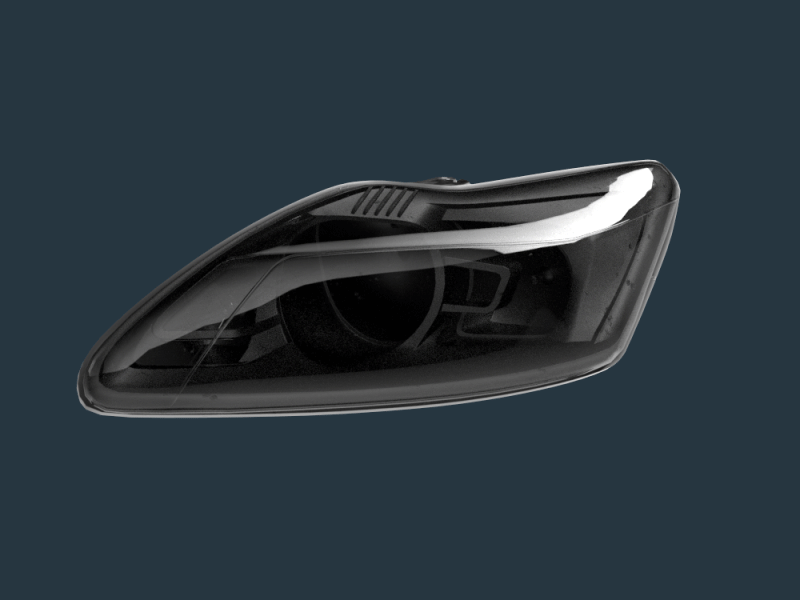Recent innovations in headlamp, signaling, and light sources combined with evolving styling complexity have added massive value to automotive lighting assemblies. Ensuring quality, performance, and safety while obtaining access to global markets is no easy task. Tier 1s that manufacture head and tail lamps need a high level of certainty in their welding processes to ensure they can meet stringent OEM quality standards.


No Bad Welds Beyond the Weld Cell
Before – Integrated Inspection System
- The manufacturer experimented with various rules-based vision solutions that were inadequate in detecting issues along the weld leg.
- Reliance on destructive testing meant data was only collected on those destructed parts and left the manufacturer uncertain about the weld quality across all its parts.
- Due to the increasing complexity of exterior lighting parts, a poor quality weld could lead to the entire assembly needing to be replaced.
After – Eigen Image and Process Monitoring
- Multiple thermal cameras were set up to capture views of the welding process which are used to generate virtual part images for part-to-part monitoring.
- Edge computing devices ingest the image AND process data which is correlated to each virtual part profile.
- Machine Learning models monitor critical parameters along the weld leg and alert operators when issues are detected.
- Insights delivered through Eigen’s software platform prevent parts with inadequate welds from moving beyond the weld cell – massively reducing the risk of defective parts leaving the factory.
